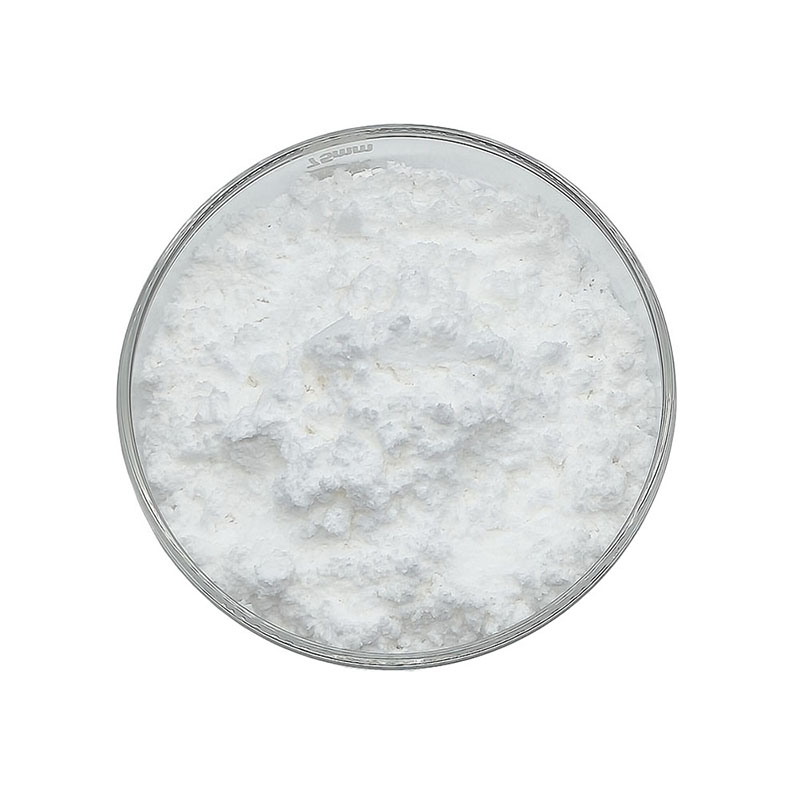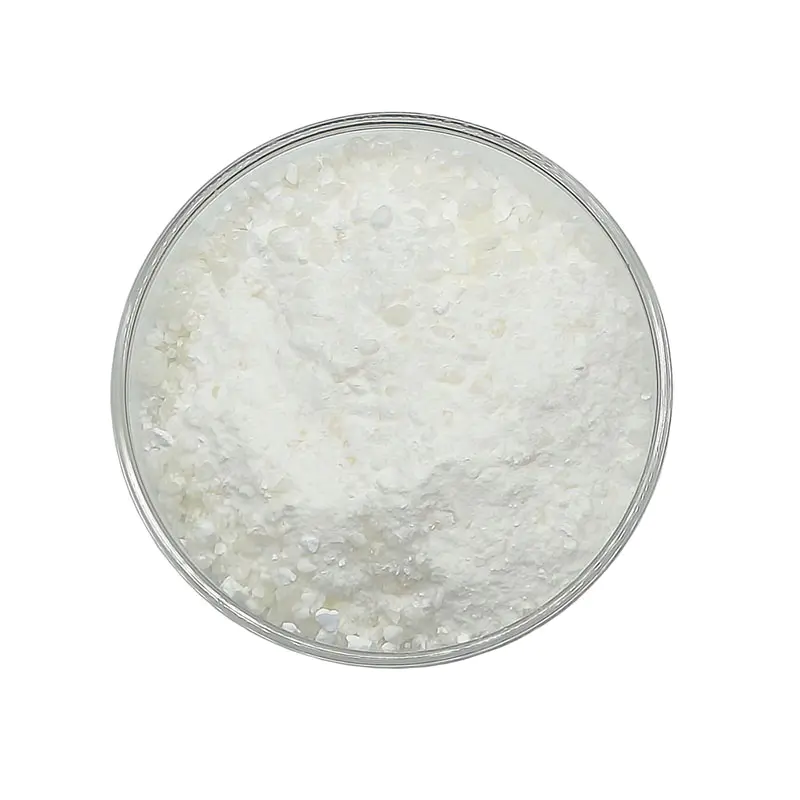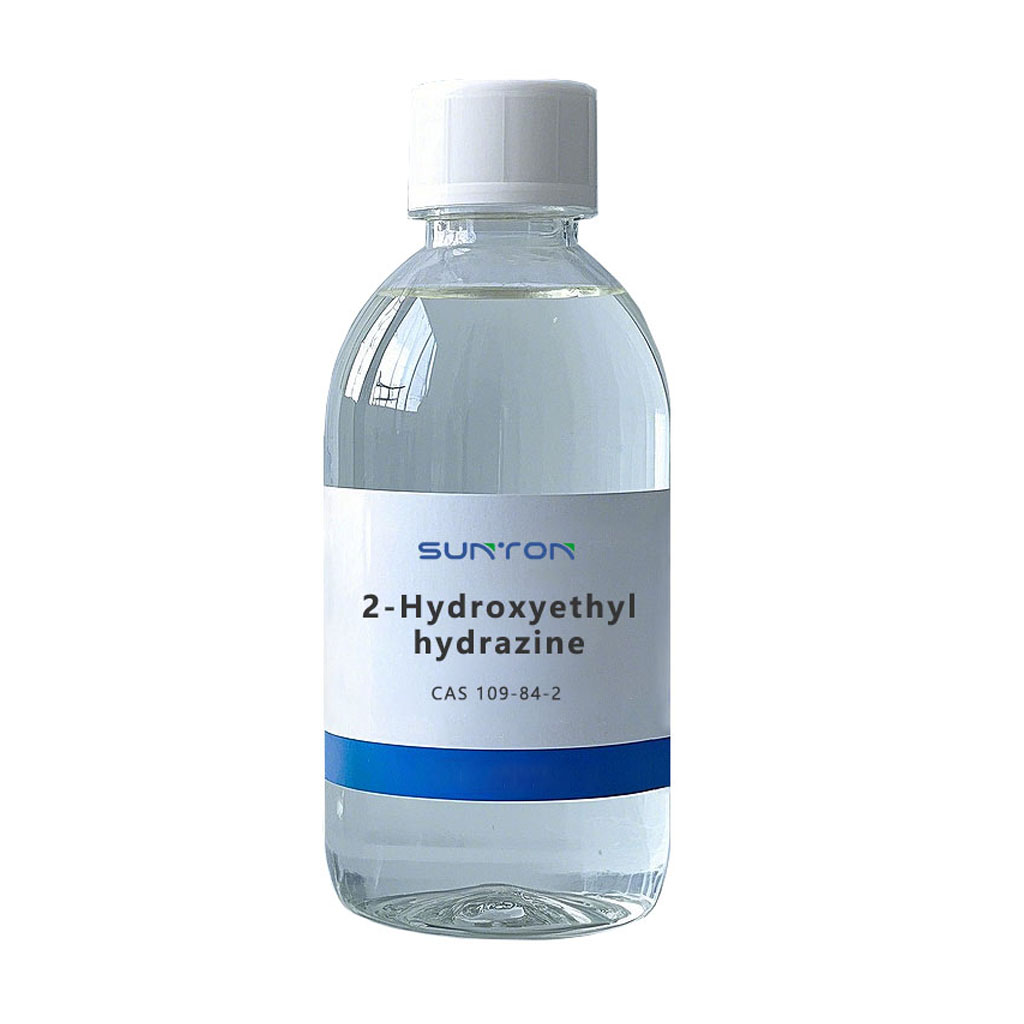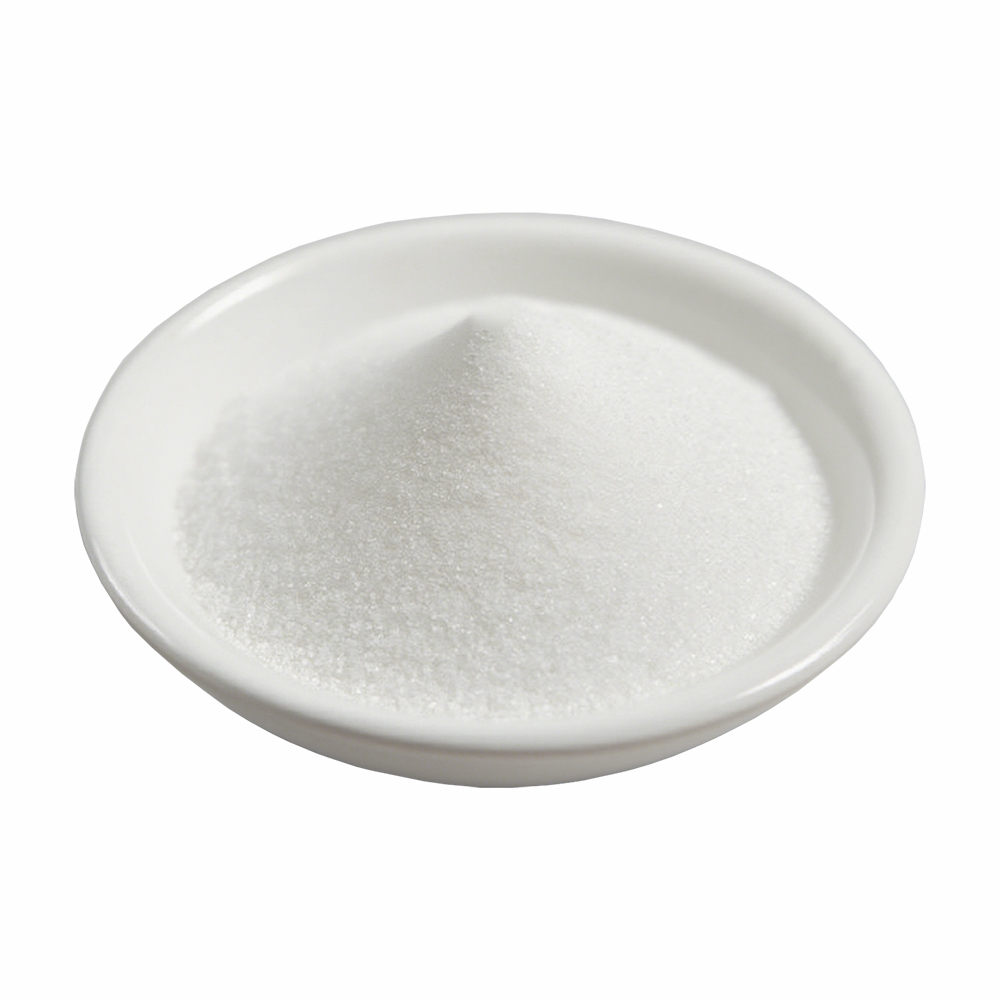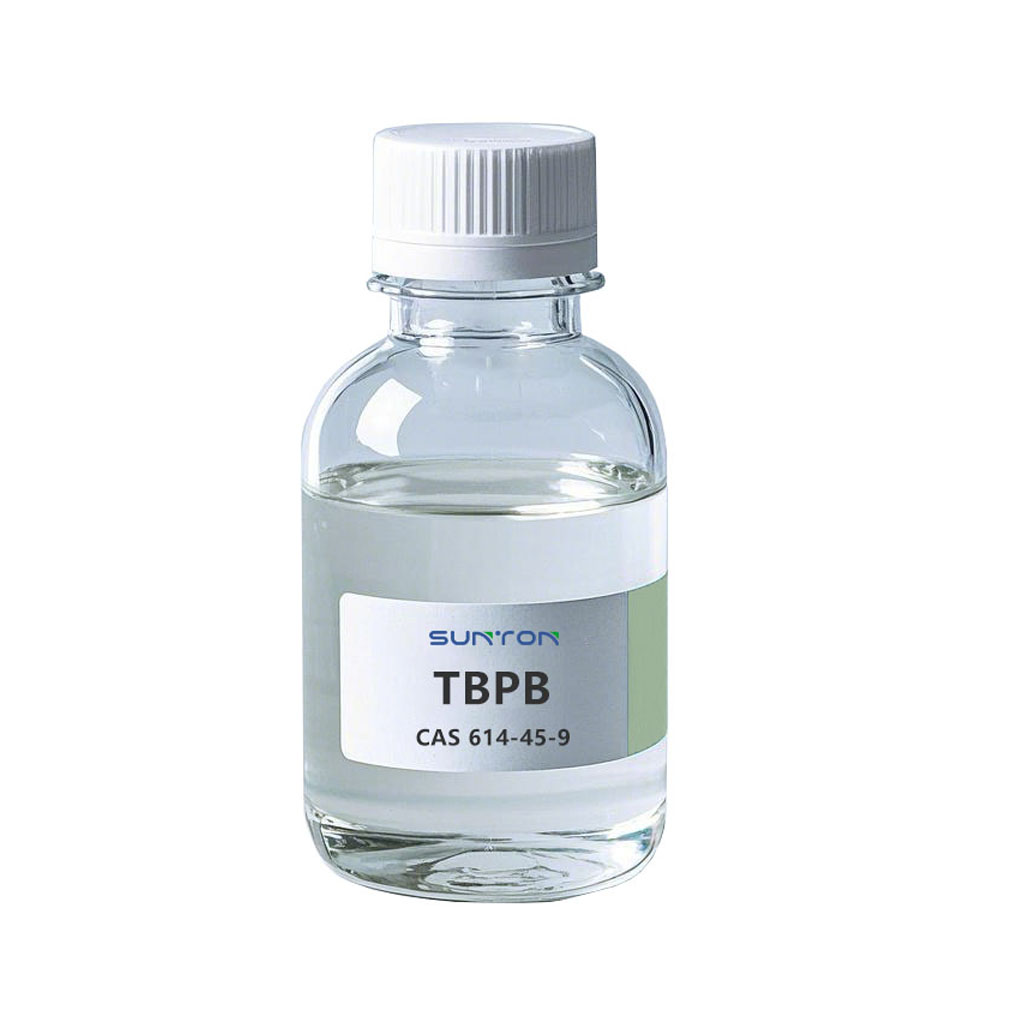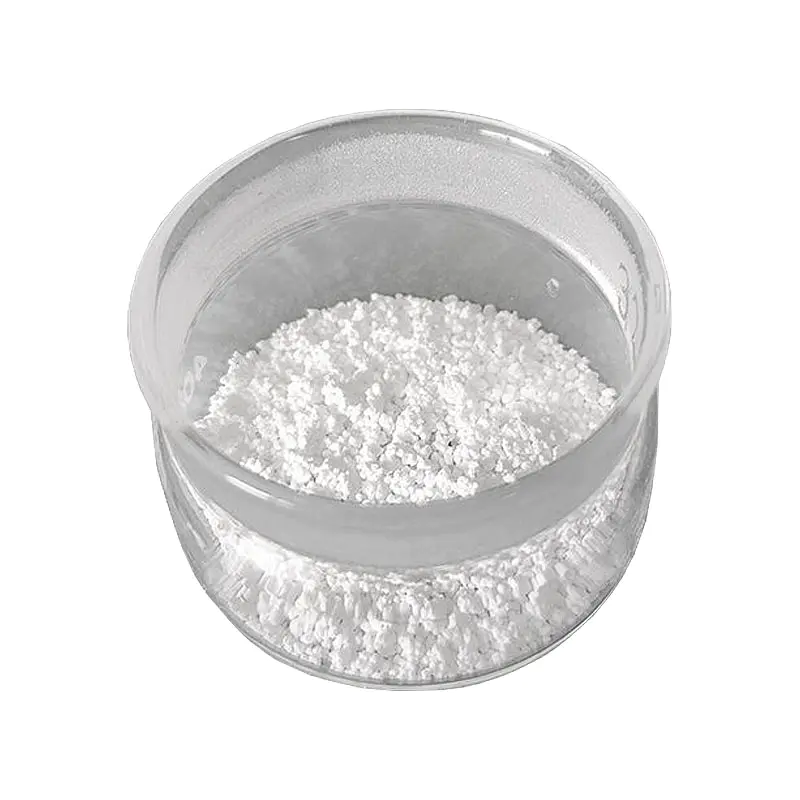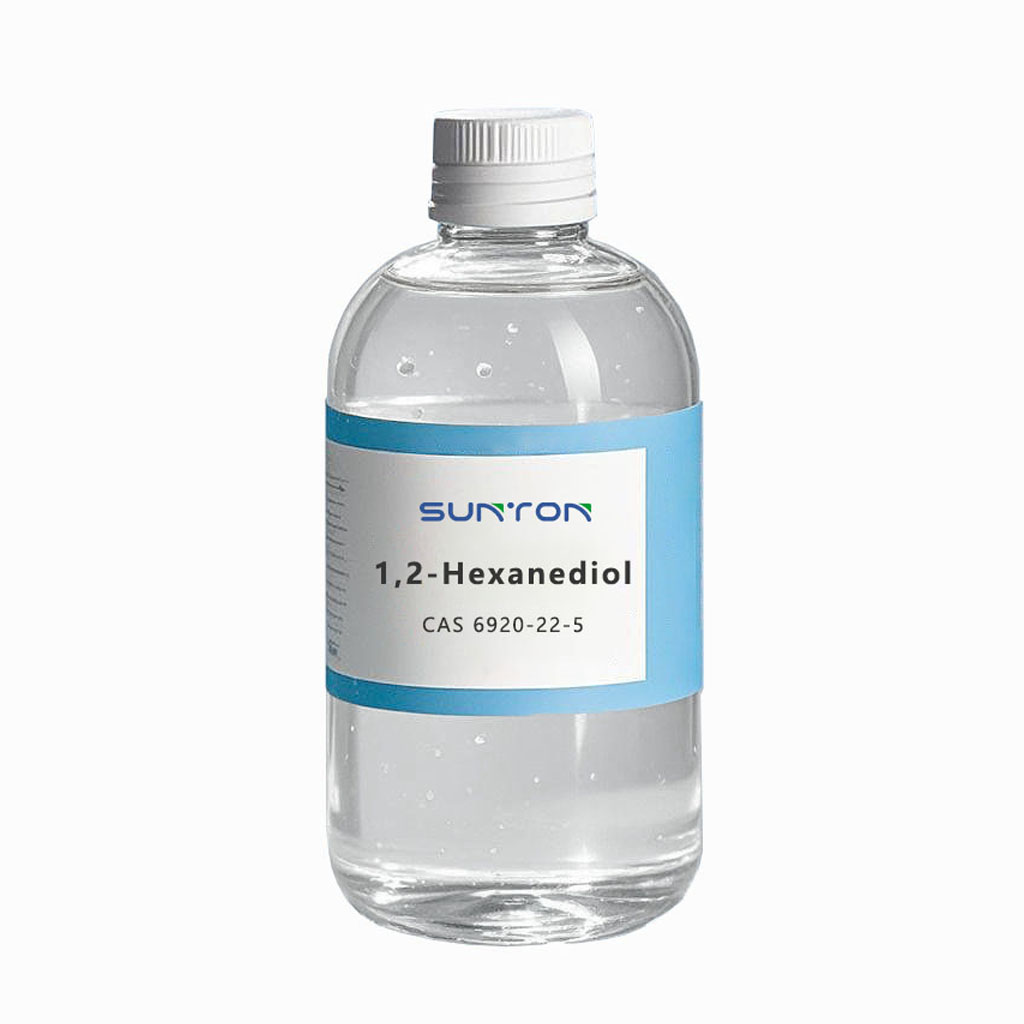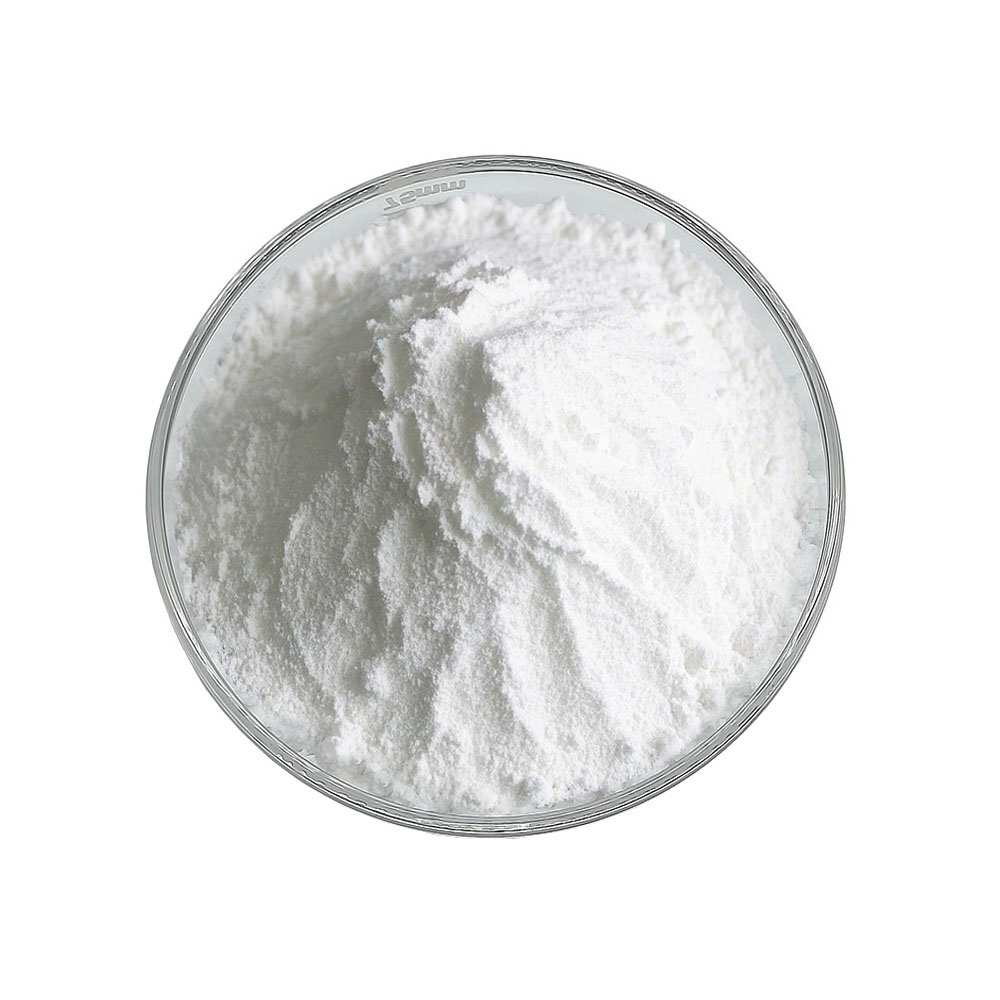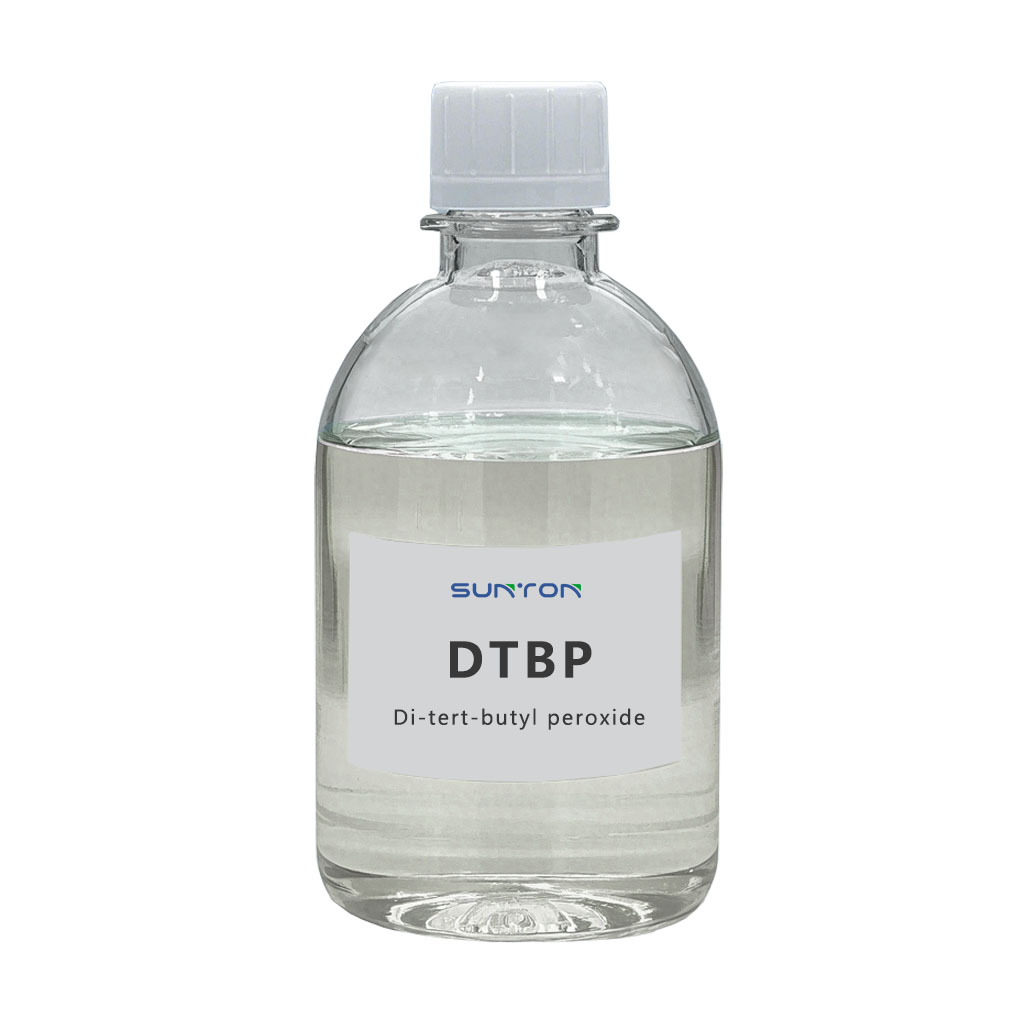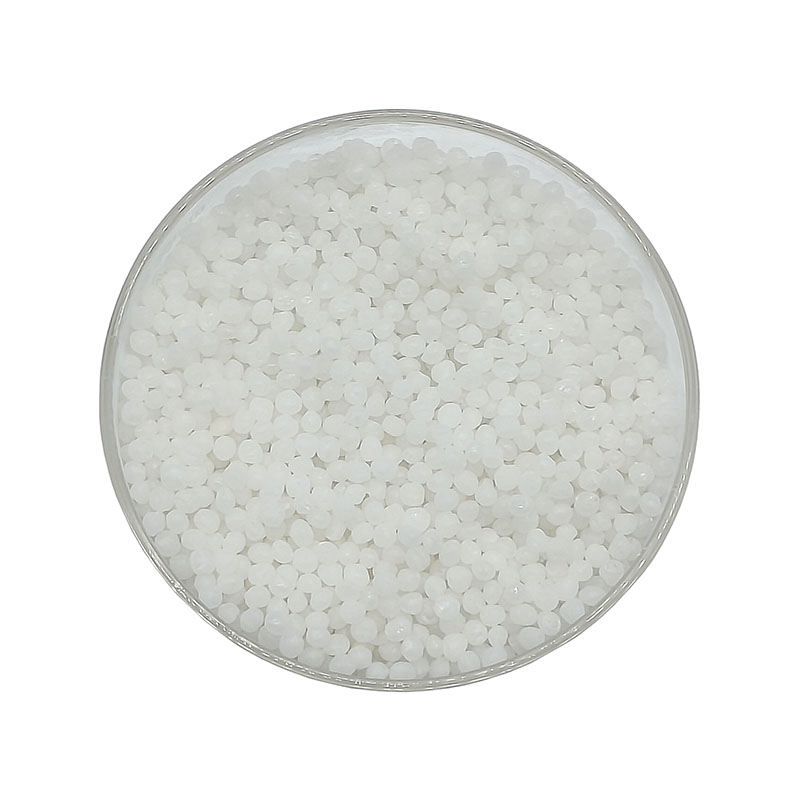Search By Posts
Product Category
Industry News
 By Admin
By Admin
TBPB: Transforming Industries with Its Diverse Applications and Advancements
In the world of chemical compounds, TBPB, or tert - butyl peroxybenzoate, has been making significant waves. This organic peroxide is playing a crucial role in various industrial processes, from polymer manufacturing to composites production, and its influence is only growing.

TBPB's Fundamental Properties and Chemical Reactions
TBPB is a yellow - colored, low - volatility liquid with unique chemical properties. As an organic peroxide, it contains an oxygen - oxygen bond that is relatively unstable. This instability allows TBPB to decompose when exposed to heat, light, or certain catalysts, generating free radicals. These free radicals are highly reactive species that can initiate a wide range of chemical reactions, making TBPB an essential component in many industrial applications.
For instance, in polymerization reactions, TBPB's free radicals can start the chain - growth process. When used in the polymerization of monomers like styrene to produce polystyrene, the free radicals generated by TBPB decomposition attack the double bonds in styrene molecules. This leads to the formation of new free - radical - terminated polymer chains, gradually building up long - chain polymers. The controlled decomposition of TBPB is key here, as it ensures a consistent and efficient polymerization process, resulting in high - quality polymers with desired molecular weights and properties.
Expanding Applications in the Polymer and Composite Industries
In the polymer industry, TBPB's applications are extensive. It is widely used as a polymerization initiator in the production of various polymers, including polyethylene, polypropylene, and polyester. In the case of polyethylene production, TBPB helps in starting the reaction that converts ethylene monomers into long - chain polyethylene polymers. This is vital for creating polyethylene products with different densities and properties, which are used in everything from plastic films for packaging to high - strength pipes for construction.
The composite materials sector also benefits greatly from TBPB. In the manufacturing of fiber - reinforced composites, such as those used in the aerospace and automotive industries, TBPB is used as a curing agent for resins. For example, in the production of carbon - fiber - reinforced plastics (CFRP), TBPB reacts with the resin matrix, causing it to cross - link and harden. This process, known as curing, gives the composite its final shape and mechanical properties. The use of TBPB in CFRP manufacturing has enabled the production of lightweight yet strong components, contributing to fuel efficiency in vehicles and performance improvements in aircraft.
Safety and Regulatory Considerations
Given its reactive nature, handling TBPB requires strict safety measures. As an organic peroxide, it is classified as a hazardous material. It is sensitive to heat, friction, and contamination, which can lead to premature decomposition and potentially dangerous situations. Industrial facilities that use TBPB must adhere to strict safety protocols. This includes proper storage in cool, well - ventilated areas away from sources of ignition, as well as the use of appropriate personal protective equipment by workers.
Regulatory bodies around the world have also implemented guidelines to ensure the safe use and transportation of TBPB. For example, in the transportation of TBPB, special packaging requirements are in place to prevent leakage and minimize the risk of accidents. These regulations are continuously updated as more is learned about the chemical's properties and potential hazards, aiming to strike a balance between enabling its industrial applications and ensuring public safety and environmental protection.
Future Trends and Research Directions
Looking ahead, the future of TBPB is filled with potential. Researchers are exploring ways to further optimize its performance in various applications. One area of focus is developing more efficient and controlled methods of TBPB decomposition. This could involve the use of novel catalysts or the design of TBPB - based formulations that can be activated under specific conditions, allowing for more precise control over chemical reactions.
Another emerging trend is the search for environmentally friendly alternatives to traditional TBPB - based processes. As the global push for sustainability intensifies, there is a growing need to reduce the environmental impact of industrial chemical processes. Scientists are investigating ways to use TBPB in more sustainable ways, such as in closed - loop systems or in combination with renewable feedstocks.
In conclusion, TBPB is a chemical compound of great significance in the modern industrial landscape. Its unique chemical properties enable a wide range of applications, from polymer production to composite manufacturing. While safety and environmental considerations are important, ongoing research and development efforts are set to unlock even more potential for TBPB, making it a key player in the evolution of various industries.


 English
English 中文简体
中文简体
